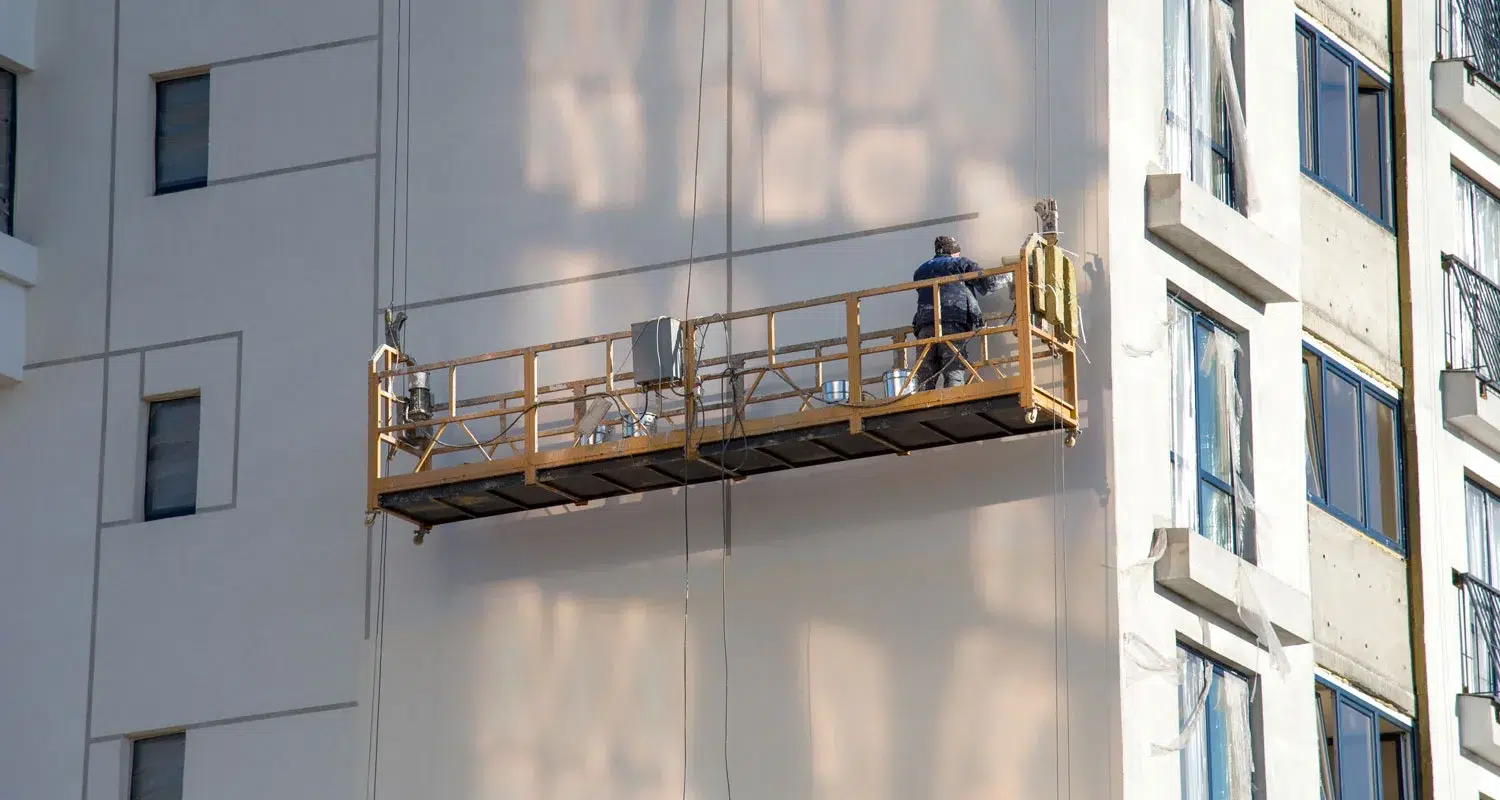The Complete Guide to Scaffolding and How It Helps Construction Projects

Scaffolding is a trusted technique used to make construction work safer, faster, and more efficient. But what exactly is scaffolding? What types are available, and how does it improve construction projects?
In this guide, we’ll explain what scaffolding is, explore the different types of scaffolding (including frame scaffolding, mobile scaffolding, aluminium scaffold, and roof scaffolding with edge protection), share scaffolding safety tips, and discuss the benefits of using scaffolding for any building project — whether residential or commercial.
Introduction: What is Scaffolding?
Scaffolding is a temporary structure that provides workers safe access to hard-to-reach areas during construction, renovation, or maintenance. It typically consists of scaffold tubes, wooden planks, and fittings, creating a strong and stable platform to work from.
Because it is a temporary system, scaffolding must be erected, inspected, and dismantled in compliance with WorkSafe NZ regulations or local safety standards. This ensures the structure is stable, workers are protected, and construction work proceeds without unnecessary risk or delay.
Types of Scaffolding and Why They’re Important
Scaffolding comes in several forms, each designed for different types of projects. Choosing the right type ensures safety, stability, and efficiency.
Frame Scaffolding
Frame scaffolding is one of the most common types used on construction sites. It is quick to assemble and provides excellent support for a variety of tasks — from residential builds to multi-storey commercial projects. Its versatility allows you to create temporary walls, floors, and access points for workers and materials.
Mobile Scaffolding (Rolling Scaffold)
Mobile scaffolding hire is ideal for projects where workers need to move between different areas quickly. Its lightweight, wheeled structure makes it perfect for painting, plastering, ceiling installation, or maintenance work that requires frequent repositioning.
Roof Scaffolding and Edge Protection
When working at height, roof scaffolding combined with edge protection systems is critical. These systems create a secure barrier to prevent falls, protect workers, and meet compliance requirements for roof and edge work.
Scaffold Tubes and Fittings
Scaffold tubes form the backbone of most scaffold systems, allowing for flexible configurations to suit complex projects. Their strength and versatility make them essential for a safe, stable working platform.
Wooden Scaffolds
Wooden scaffolds are a traditional, cost-effective solution for small-scale builds. They are easy to transport and assemble while still strong enough to hold workers and materials safely.
Aluminium Scaffold
Lightweight yet strong, aluminium scaffold systems are easy to set up and transport, making them a popular choice for contractors who need frequent scaffold adjustments on-site. Their rust-resistant nature makes them especially durable for outdoor projects.
How to Use Scaffolding Properly and Safely
Safety is always a top priority when working at height. Here are key scaffolding safety tips to follow:
- Inspect scaffolds daily before use.
- Ensure proper guardrails, edge protection, and ties are installed.
- Only use certified scaffold tubes and fittings.
- Train workers on safe climbing, loading, and dismantling procedures.
- Follow all WorkSafe NZ scaffold regulations for compliance.
- Hire professional installers to ensure your scaffold is erected correctly.
Why You Should Use Scaffolding in Construction
Using scaffolding provides many benefits:
- Worker Safety: Reduces the risk of falls and injuries.
- Faster Work: Workers can access high areas quickly, reducing downtime and speeding up project timelines.
- Better Quality: Provides a stable platform for precision work like painting, plastering, and installations.
- Cost-Effective: You can rent scaffolding from Secure Scaffold to save money on equipment purchases and maintenance.
Scaffolding helps ensure projects are completed correctly, safely, and on time.
Final Thoughts
Scaffolding is an essential tool for any construction site. By selecting the right type — from frame scaffolding to mobile scaffolding, aluminium scaffold, and roof scaffolding with edge protection — you can keep workers safe, improve efficiency, and meet compliance requirements.
Whether you’re building, renovating, or maintaining a property, investing in a safe scaffolding solution (or renting one from a trusted provider) will help keep your project on schedule and your team protected.



